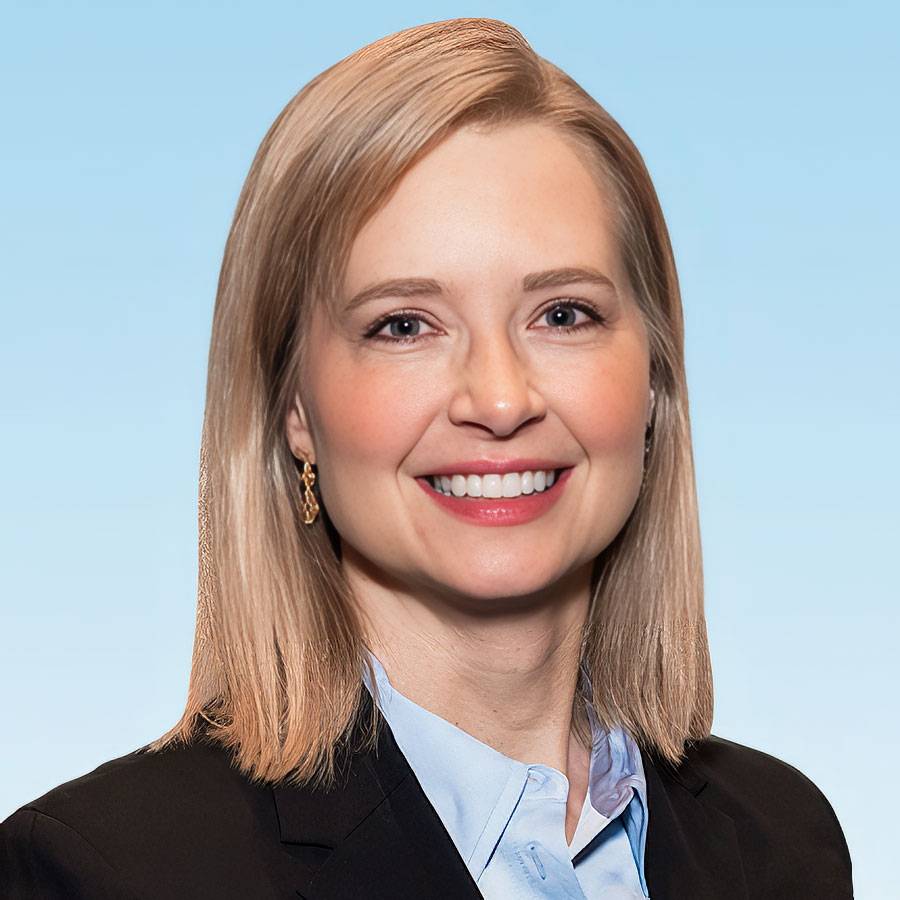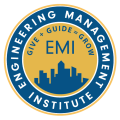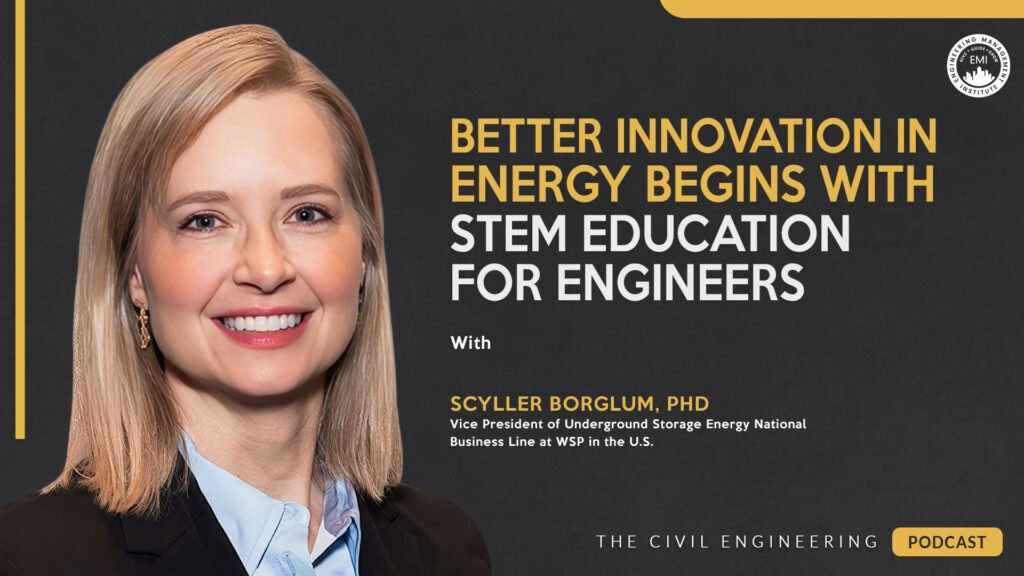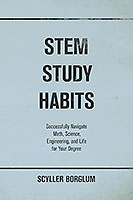In this episode, I talk with Scyller Borglum, PhD, vice president of underground storage in energy at WSP in the U.S., about what it really takes to thrive in STEM education for engineers, why underground storage is transforming the future of energy infrastructure, and how engineers can develop powerful habits that fuel long-term engineering career development.
***The video version of this episode can be viewed here.***
Engineering Quotes:
Here Are Some of the Questions I Asked Scyller:
- What motivated you to write STEM Study Habits, and who did you have in mind when creating it?
- How do you think a strong STEM education for engineers can help civil engineers explore new areas like energy storage and infrastructure resilience?
- Many students think they must be naturally good at math and science to succeed in STEM. How does your book challenge that idea, and what advice would you give to those who struggle with these subjects?
- Can you explain what underground energy storage is and why it’s so important for the future of our energy systems?
- Since these underground caverns are natural, what role does subsurface engineering play in energy storage, and how does it connect to civil and geotechnical engineering?
- When it comes to starting a project, how does your company usually get involved — do government agencies or utility companies reach out asking for help with storing energy?
- What final advice would you give to civil engineers who want to build a successful and meaningful career?
Here Are Some Key Points Discussed in This Episode About Better Innovation in Energy Begins With STEM Education for Engineers:
- STEM Study Habits is written for anyone exploring a path in STEM, especially adults returning to school after years away. The book highlights the importance of daily discipline and strong study habits, which often matter more than raw talent — especially in STEM education for engineers.
- A solid STEM education equips civil engineers to step into a wide range of careers in energy, infrastructure, and technology. It provides the analytical thinking and adaptability needed to contribute to long-lasting, meaningful projects in emerging energy fields.
- Success in STEM is not about being naturally gifted but about daily practice and building confidence over time. Math is treated as a language, where consistent effort reveals patterns and creates understanding — a message that resonates across STEM education for engineers.
- Underground energy storage serves as a reliable buffer, storing resources like natural gas for use when demand increases. As energy use rises — especially with technology and data demands — this storage plays a critical role in system reliability and energy infrastructure planning.
- Subsurface engineering shapes large storage caverns within geologic formations using advanced drilling and design techniques. Civil and geotechnical engineers contribute by building the infrastructure needed to operate and maintain these systems on the surface, showing the link between STEM education for engineers and real-world engineering impact.
- Most underground storage projects begin with private midstream companies that handle storage and transportation between energy producers and consumers. Some projects also involve partnerships with government agencies for strategic energy storage or research.
- Civil engineers benefit from staying curious, building strong technical habits, and being open to evolving roles in the industry. A long-term mindset and consistent growth lead to opportunities that create real impact in the built environment — reinforcing the value of strong STEM education for engineers.
More Details in This Episode…
About Scyller Borglum, PhD

Dr. Borglum worked in oil fields up and down the Rocky Mountain Front in Texas and in the Bakken, North Dakota. Her petroleum engineering work focused mainly on upstream activities as she worked for a service company, an independent, and a major. Dr. Borglum conducted geomechanical studies on various salt and rock types while in graduate school and while working at RESPEC, a world-renowned geomechanical testing laboratory. She served as an Oak Ridge Institute of Science and Education fellow at the National Energy Technology Laboratory in Morgantown, WV. Dr. Borglum is not only published in her academic fields, petroleum and geological engineering, but she also co-authored the textbook (2018), The Fossil Fuel Revolution: Shale Gas and Tight Oil. And she has a new book (2024), STEM Study Habits: Successfully Navigating Math, Science, Engineering, and Life for Your Degree, for high school and college students (and their parents)!
During her time as elected representative in the South Dakota state legislature, Dr. Borglum worked on policies and legislation addressing the cradle to grave solar and wind energy development and decommissioning requirements. Dr. Borglum lives in Rapid City, South Dakota, with her husband and travels frequently to Houston, Texas, for work.
Books Mentioned in This Episode:
Sources/References:
WSP
Williams
Targa
Enterprise Products Company
Enbridge
BP
Shell
Exxon
Conoco
Phillips 66
Atmos Energy
Strategic Petroleum Reserve
Sandia National Laboratories
National Energy Technology Laboratory
Gas Technology Institute
Connect with Scyller Borglum, PhD, on LinkedIn
Please leave your comments, feedback, or questions in the section below.









